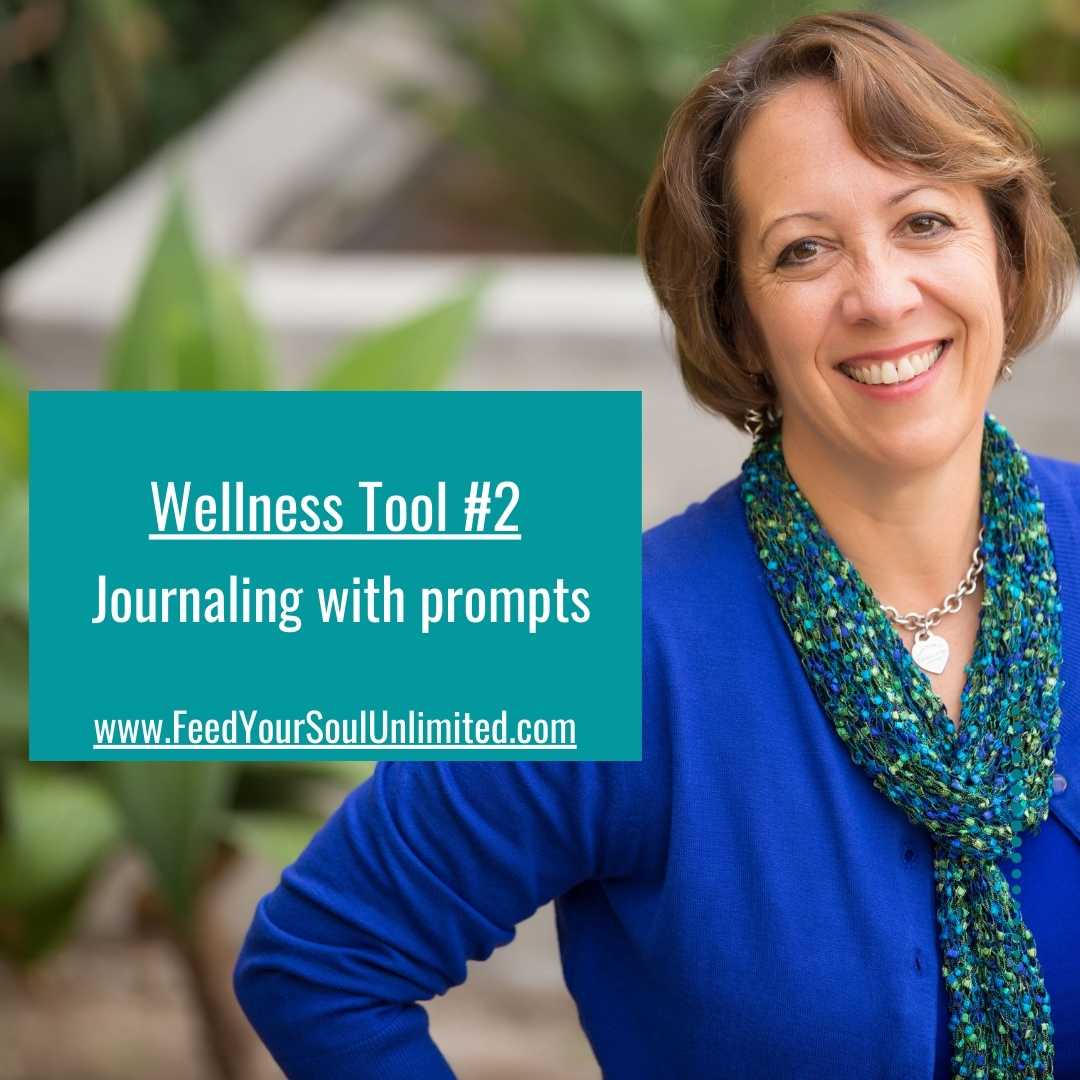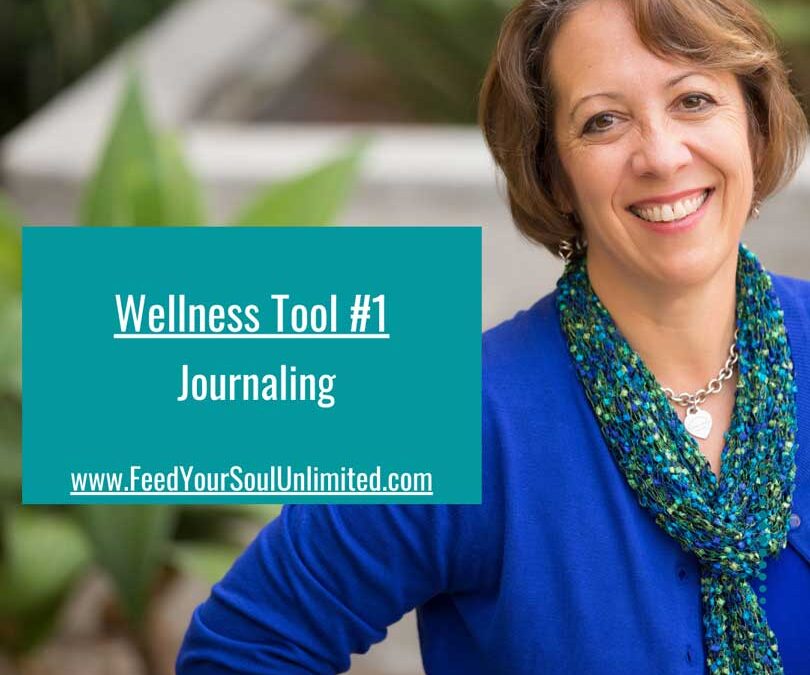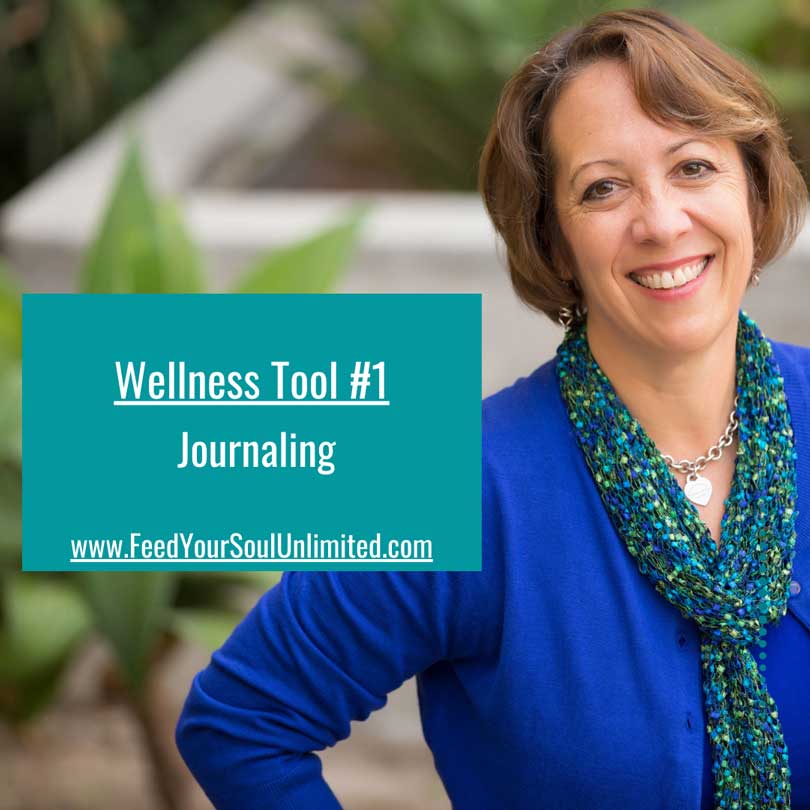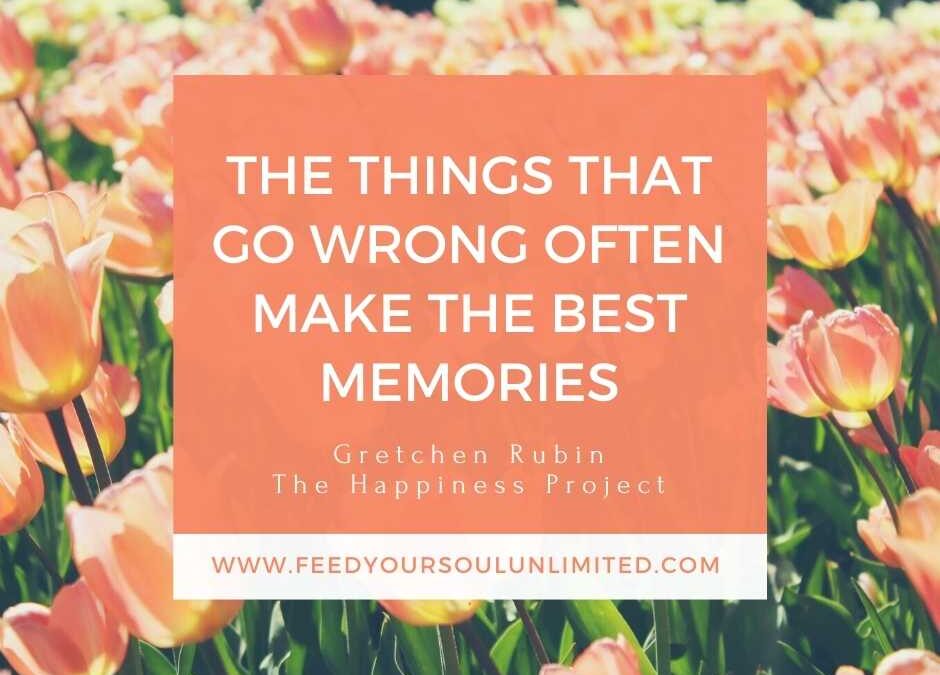
Finding Happiness: Lighten Up
I love Gretchen Rubin’s book The Happiness Project each month she tackles a topic to help us improve our happiness. She outlines tasks that are scientifically proven to increase happiness. Each month we have looked at the suggestions she has made to increase happiness and see how we can do it for ourselves.
After this last year of the pandemic, all our escapes to find “happiness” had been taken away and now we have been poised to look internally.
Gretchen talks about focusing on becoming more playful and she relates it in the context of being with her children. I want to focus further out then seeing playfulness with just children. I know some of you do not have children or your children are grown.
Gretchen Rubin in The Happiness Project encourages us to look at some new methods to increase happiness:
1. Sing in the Morning-
I find this interesting since I remember when I was a teen, the mom of a friend of mine would play the radio in the morning as they were getting ready.
I remember it felt so soothing to have music going in the morning.
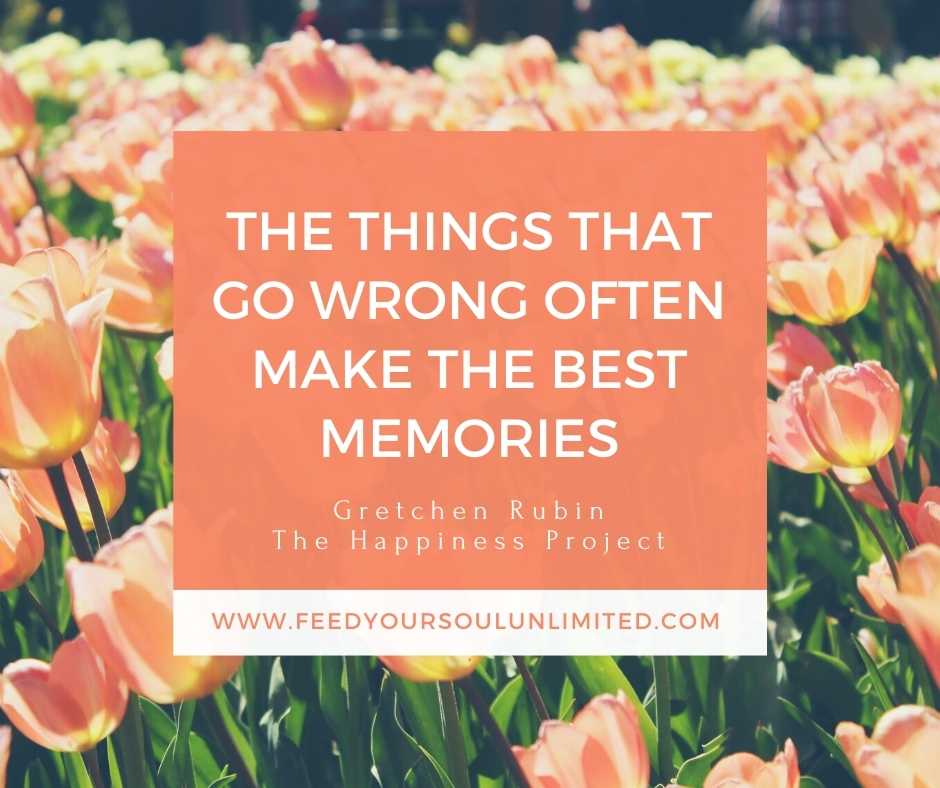
During the pandemic, I had been listening to more music and especially listening to more musical theatre recordings. It is so uplifting to have music playing. Yes, I do put it on and sing, which is half of the fun. It thoroughly embarrasses my daughter.
Gretchen introduces us to the idea of having a “sing in the morning” frame of mind. I think this enables us to be less stressed at any point in the day.
2. Acknowledge the Reality of People’s Feelings
This is a classic truth about communication 101.
People can tend to tell you…
- “You do not feel the way.”
- “You shouldn’t feel that way.”
- “Get over it.”
Over this last year, we have been in close proximity to the people we live with and there have been less outlets for feelings. We had been asked to not see people, I know we are getting back to seeing people now, but the trauma of this last year lingers.
I work with my clients on effective communication and one sure technique to help manage a situation, is to just acknowledge how the other person feels. No judgment, just acknowledge it. This is powerful.
Allow the other person to be with their feelings, listen to them and acknowledge you hear them. Man, often, we just want to be heard. You do not have to do any more than that.
- Be a Treasure House of Happy Memories
Gretchen says it is important to, “Keep happy memories vivid.” She says studies show that recalling happy times helps boost happiness in the present. I call them, “remember when’s.” Remember when’s bring back the joy of the time. This is why looking at old pictures is so important. It reminds us of the fun we had. We then share stories and this enlivens everyone.
Keeping up with family members to let them know how you are doing as well as connecting is critical. These people you have spent years of connecting with are important.
Gretchen talks, also, about the importance of family traditions. There is familiarity and excitement with the traditions. Last year, many holidays fell during the time of the pandemic. Many of you like me and my family decided to forgo our traditions to shelter in place. We made some new family traditions to make the holidays special. It was kinda fun to have holiday get togethers over Zoom.
What are you going to do to increase your happiness? I just gave you at least three ideas today. We are still in a time of transition as we move back into having gatherings. How we move through this time will have an effect on how well we transition out of it. There is room to be happy in tough times. The flowers are blooming, the sun is shining and there are blessings all around. Happiness is all around us if we decide to find it.
Kim McLaughlin, MA is a Counselor, Speaker, Podcaster, and Inspirational Coach who specializes in working with people who suffer from binge eating and emotional eating. She is a Certified Intuitive Eating Counselor. She is the author of the book Feed Your Soul Nourish Your Life! A Six Step System to Peace with Food and the Amazon #1 Best Selling book Discovery Your Inspiration.
You can find Kim on her podcast Feed Your Soul with Kim and you can find it on all podcast platforms.
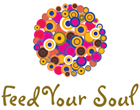
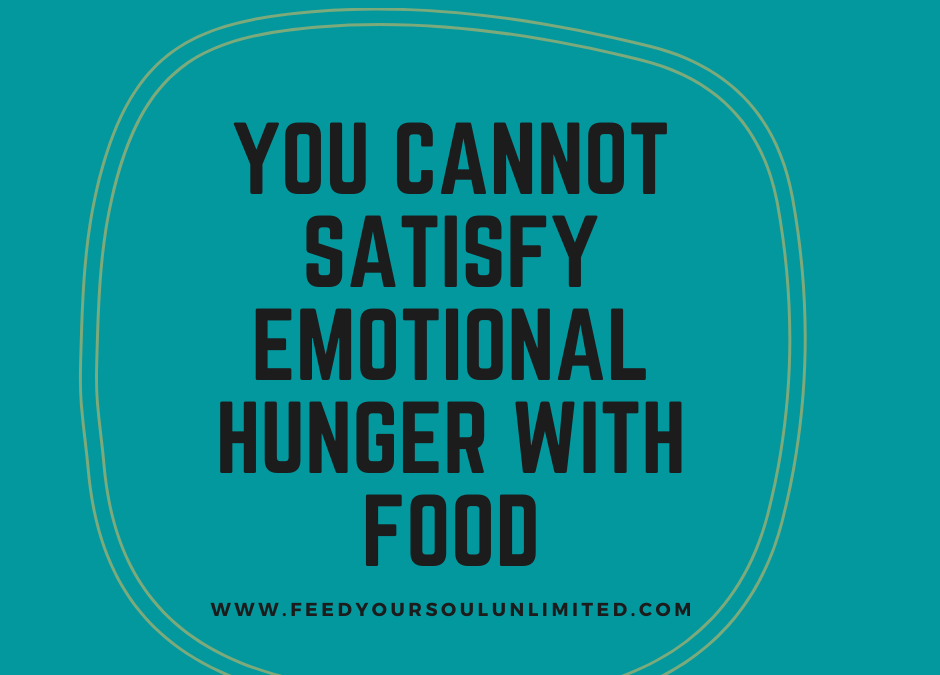
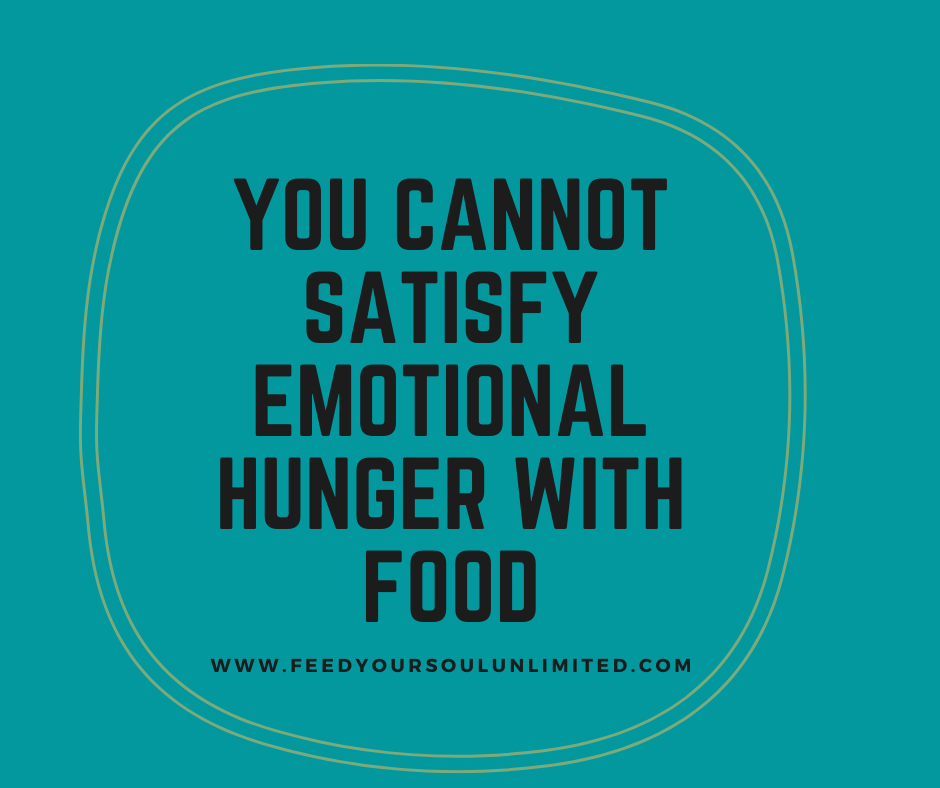 Interestingly, when I talk to people about emotional eating, initially they do not think they are an emotional eater.
Interestingly, when I talk to people about emotional eating, initially they do not think they are an emotional eater. 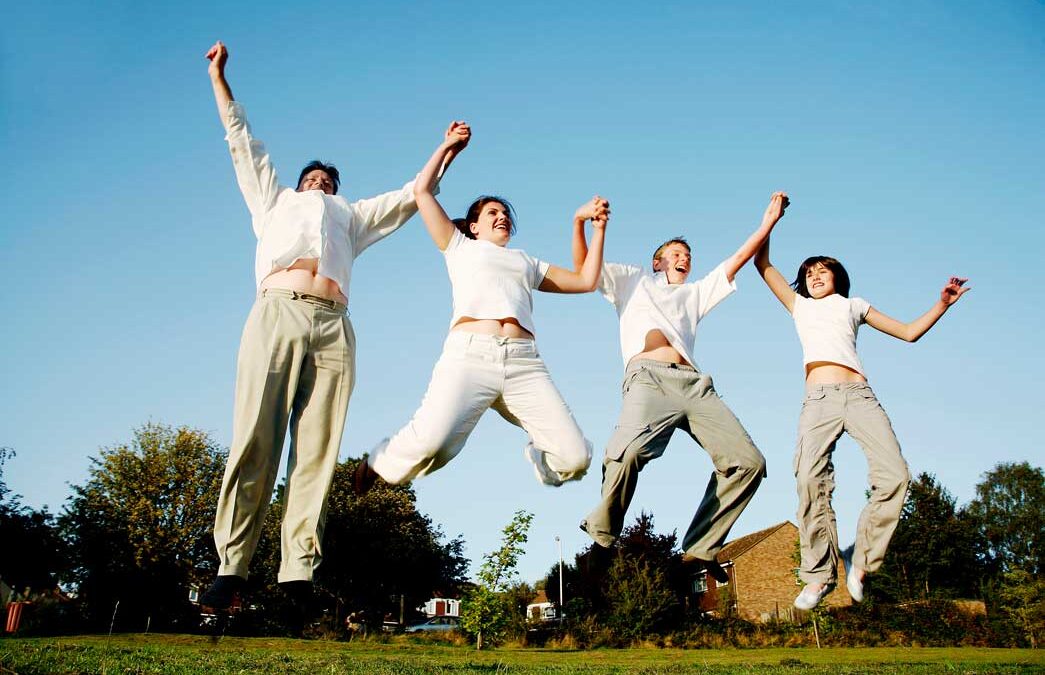
 Not sure how happy you really are? One way to determine your happiness is to take the Subjective Happiness Scale (
Not sure how happy you really are? One way to determine your happiness is to take the Subjective Happiness Scale (
